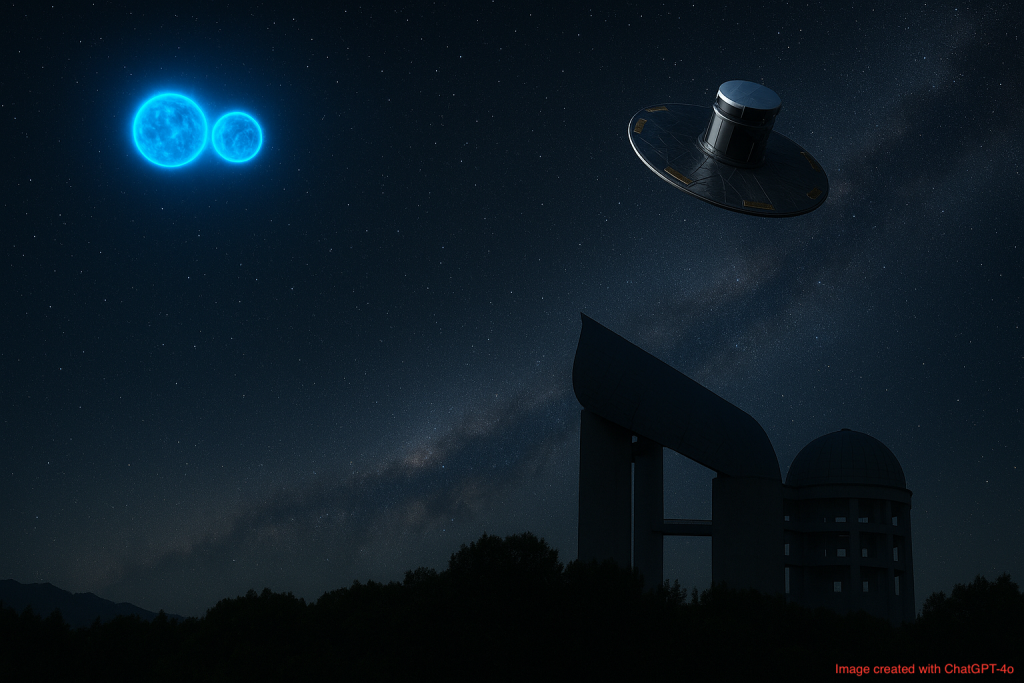The faster they rotate, the more magnetic they become
Rotation rate and magnetic fields: Binary stars behave significantly different from single ones. A new study in “Nature Astronomy” investigates their chromospheric activity
Stellar activity is crucial for understanding the evolution of stars and for the quest of finding habitable exoplanets. This activity is driven by the interaction between convective motions and rotation in cool stars, creating a “dynamo” process that generates magnetic fields. In single stars, activity increases with rotation rate until it saturates for stars with rotation periods less than 3–10 days, though the mechanism for this saturation is unclear.
Observations show that red giant stars in binary systems in spin–orbit resonance exhibit stronger chromospheric activity than single stars with similar rotation rates. This suggests that tidal flows influence surface activity. An international team of astrophysicists led by former HITS researcher Jie Yu, and including HITS researchers Saskia Hekker and Michaël Bazot, has investigated the chromospheric activity of main-sequence binary stars to understand the impact of tidal forces on saturation phenomena. Their findings have now been published in “Nature Astronomy.”
Enhanced magnetic activity in rapidly rotating binary stars
For binaries with rotation periods between 0.5 and 1 day, primarily contact binaries sharing a common thermal envelope, enhanced activity rather than saturation is observed. “This supports theoretical predictions that a large-scale dynamo during common-envelope evolution can generate strong magnetic fields”, says first author Jie Yu (currently at Nanjing University, China.
Additionally, supersaturation in chromospheric activity is observed, where activity levels fall below saturation and decrease with shorter rotation periods. “Our work clearly shows that interactions in twin stars result in phenomena that are still unknown, which emphasizes the need to study the laws of physics in extreme circumstances,” HITS group leader Saskia Hekker sums up the results.
Yu, J., Gehan, C., Hekker, S. et al. Enhanced magnetic activity in rapidly rotating binary stars. Nat Astron (2025). https://doi.org/10.1038/s41550-025-02562-2
About HITS
HITS, the Heidelberg Institute for Theoretical Studies, was established in 2010 by physicist and SAP co-founder Klaus Tschira (1940-2015) and the Klaus Tschira Foundation as a private, non-profit research institute. HITS conducts basic research in the natural, mathematical, and computer sciences. Major research directions include complex simulations across scales, making sense of data, and enabling science via computational research. Application areas range from molecular biology to astrophysics. An essential characteristic of the Institute is interdisciplinarity, implemented in numerous cross-group and cross-disciplinary projects. The base funding of HITS is provided by the Klaus Tschira Foundation.
